As the beauty market continues to transform and diversify, understanding the varied needs and preferences of today’s complex consumers is more crucial than ever. From eco-conscious Gen Z shoppers to globe-trotting male beauty enthusiasts, the modern beauty buyer is a spectrum of unique personas, each with distinct tastes and expectations.
Brands must decipher these nuanced consumer profiles, and precise targeting strategies will be key to tailoring their offerings effectively. By adopting a personalized approach, beauty brands can deliver efficient campaigns that maximize every advertising dollar spent.
The Beauty Buyer’s Local Makeup:
When it comes to the beauty buyer’s local makeup, every location is different, so why use a one-size-fits-all approach to marketing? Local trends, even when they appear basic, like an area’s price sensitivity or visit frequency, can greatly shape the outcomes of brand campaigns.
To maximize ROI, beauty brands should shape their media mix, target audiences, creative strategies, and other initiatives based on their local audiences’ preferences. A hyper-targeted approach ensures that advertising efforts align with unique local market needs, thereby boosting effectiveness and efficiency.
In this blog post, we explore five best practices essential for driving growth through advertising in the beauty industry. These insights, combined with a localized and personalized strategy, can help your brand forge stronger relationships and drive lasting loyalty.

Best Practice #1: Optimize Attention – Becoming GenZ’s Preferred Choice
Brands must prioritize capturing and retaining the attention of Gen Z, the next generation of beauty enthusiasts with evolving preferences and high expectations.
Recent trends indicate a significant shift in beauty spending among teens, reaching its highest levels since spring 2018 with an annual spend of $339 per person, an 8% year-over-year growth. And despite the digital age, almost all teens still prefer shopping for beauty products in-store.
Given that Gen Z’s path to purchase is anything but straightforward, capturing their attention requires a truly multi-channel approach. So, how do you understand where and how these buyers shop as well as what motivates them? At Locala, we recommend the following two-step approach:
Step 1: Identifying and targeting Gen Z consumers at scale:
Understand where they spend their time and tailor your campaigns to these platforms. Analyze their online behaviors, geo-patterns, mobile app usage, geo-contextual influences, age data, and purchase habits. This multifaceted approach enables personalized, relevant campaigns that align with Gen Z’s unique needs and interests.
Step 2: Creating impactful digital ads:
To effectively engage Gen Z, it’s crucial that your digital ads are not only viewable but truly resonate with them on a deeper level. This involves crafting content that captures their attention beyond mere exposure, utilizing attention metrics to measure actual engagement. By ensuring your ads actively engage Gen Z, you can drive meaningful interactions that lead to higher conversion rates.

Best Practice #2: Intent-Based Delivery
Moving beyond broad geo-targeting, intent-based delivery focuses on where potential beauty shoppers are most likely to make purchases. At Locala, we enhance this approach by overlaying advanced affinity insights, integrating data on consumer preferences and past behaviors. This allows us to target your advertising spend towards locations and platforms where beauty shoppers have shown a clear interest in specific products.
By directing ads to consumers who already have a high affinity to your brand, we not only improve the efficiency of your campaigns but also boost the relevance of your ads, increasing the likelihood of conversion. This targeted strategy ensures that every ad dollar is invested wisely, fostering higher ROI and more meaningful customer engagements.
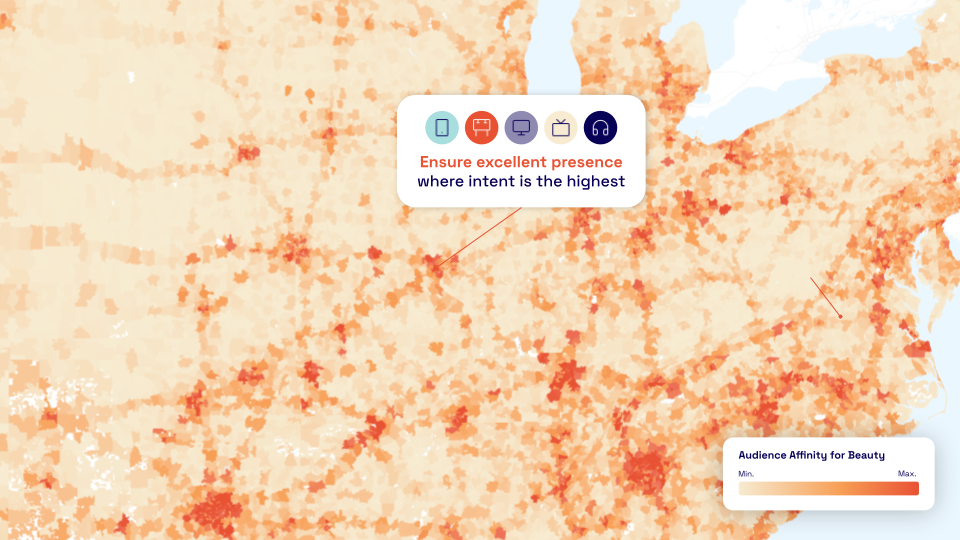
Best Practice #3: Last-mile Tactics: Mobile & DOOH Convergence
Combining mobile advertising with Digital Out of Home (DOOH) can powerfully guide beauty buyers through their purchasing journey, leading them directly to your doors. By leveraging mobile as the ‘last mile companion,’ you can extend the reach of your DOOH campaigns. This integration allows you to engage shoppers wherever they are, reinforcing brand messages and simplifying the customer journey with tools like mobile store navigators.
Personalized retargeting reinforces brand messages, while mobile store navigators enhance the customer experience. This approach effectively turns every mobile interaction into an opportunity to guide the consumer closer to a purchase, bridging the gap between online engagement and physical store visits.
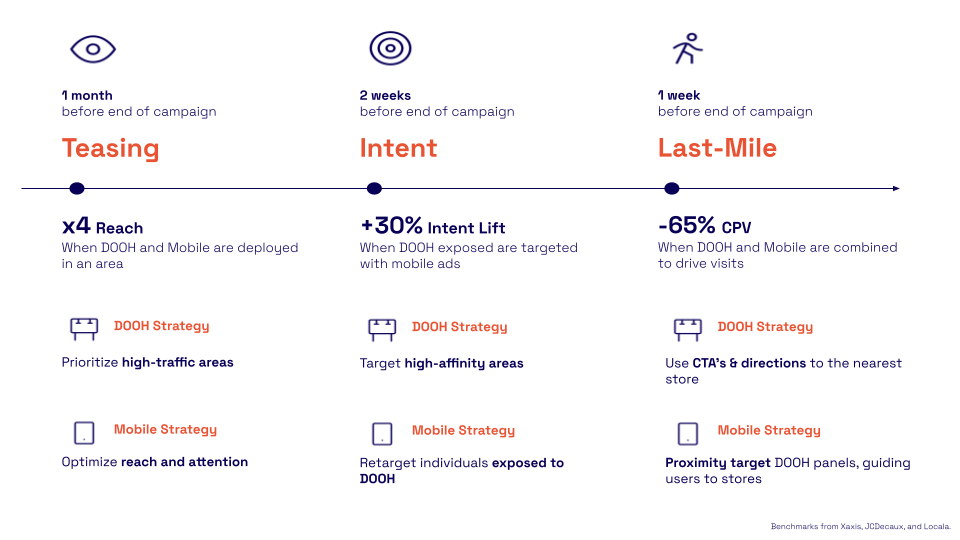
Best Practice #4: Driving Travel Retail Sales
Targeting travelers in airports offers a unique opportunity for beauty brands to capitalize on a captive audience. Airports are high-traffic environments where travelers often have time to explore new products and make impulse purchases.
By utilizing geo-targeted mobile ads and Digital Out of Home (DOOH), brands can significantly enhance their visibility among this demographic. This strategic placement ensures that your advertising captures the attention of potential customers precisely when they are most receptive to discovering new beauty products.
Implementing this strategy effectively taps into the peak times for impulse buying, such as long wait times at departure gates or baggage claims. The key is to make these ads as relevant and compelling as possible, presenting offers that are tailored to the needs and interests of travelers, such as travel-sized beauty products that can be easily carried on flights.
By converting foot traffic into immediate sales opportunities, this approach not only boosts direct sales but also builds brand recognition in a global setting. Capturing a traveler’s interest can lead to ongoing engagement and loyalty, with customers potentially seeking out the brand even after their trip.
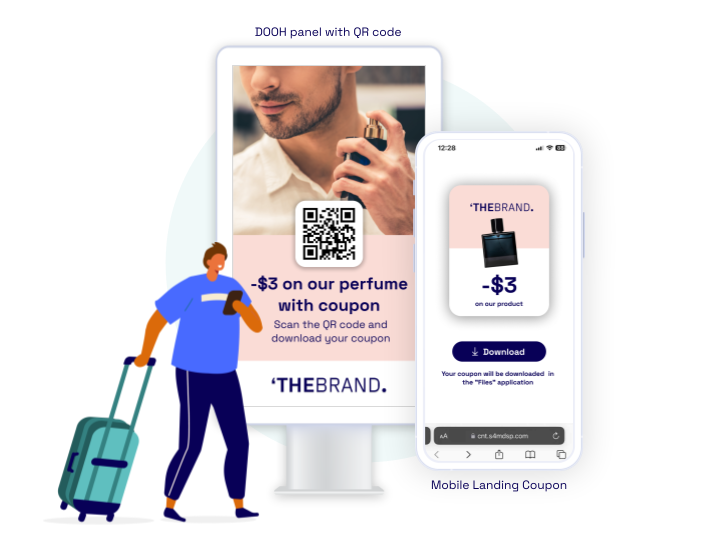
Best Practice #5: Boosting Customer Lifetime Value
At Locala, we understand that purchasing a product is just the beginning of the consumer journey. Using data-driven insights, we help brands retarget past buyers with personalized offers for enhanced loyalty and cross-sales. This strategy maximizes the lifetime value of each customer, transforming single sales into ongoing engagements.
Our approach involves continuously analyzing customer behavior and purchase history to craft offers that are not only timely but highly relevant to each individual. This targeted communication keeps your brand top-of-mind and encourages repeat purchases by making customers feel valued and understood.
By fostering a deeper connection with customers, we turn occasional buyers into loyal brand advocates. This not only increases the frequency of purchases but also enhances the overall profitability of each customer relationship over time.

Expertise that Drives Results: Locala’s Proven Track Record
With over a decade of experience in driving store traffic with omnichannel, location-based audience targeting for retail and beauty brands, Locala has mastered delivering successful campaigns grounded in data and innovation. Our expertise is proven through extensive real-world applications and satisfied clients.
From Planning to Attribution, Locala’s Got You Covered.
Plan: Uncover location-based insights about your brand and strategically plan your media campaigns to align with your objectives.
Activate: Build media strategies tailored to your business goals, activating omni channel campaigns that cover every stage of the customer journey.
Learn: Maximize campaign performance and return on ad spend (ROAS) through omnichannel attribution and real-time optimizations.
Let’s explore real-life success stories! How has a leading beauty brand like L’Occitane utilized location-based advertising to enhance in-store traffic and drive growth?”
How L’Occitane Leveraged Location-Based Advertising for Outstanding Results
L’Occitane en Provence, a leading global provider of natural beauty products, partnered with Locala to drive in-store traffic across their U.S. retail locations.
Locala targeted potential customers within a 15-minute drive or walk from L’Occitane stores using a tailored strategy with dynamic geo-location targeting and custom audience building. The campaign utilized innovative creatives featuring a store locator with real-time directions, simplifying the customer journey to the nearest store.
The results were impressive: the campaign generated nearly 8 million impressions and led to 43,952 store visits, showcasing the power of strategic location-based advertising. This approach not only enhanced L’Occitane’s visibility but also significantly boosted foot traffic, proving the effectiveness of Locala’s precise targeting and creative solutions in driving real-world outcomes.
Ready to see how Locala’s omnichannel advertising platform can transform your campaign results through deep consumer insights? Get in touch with us today!

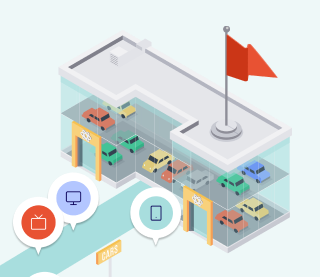



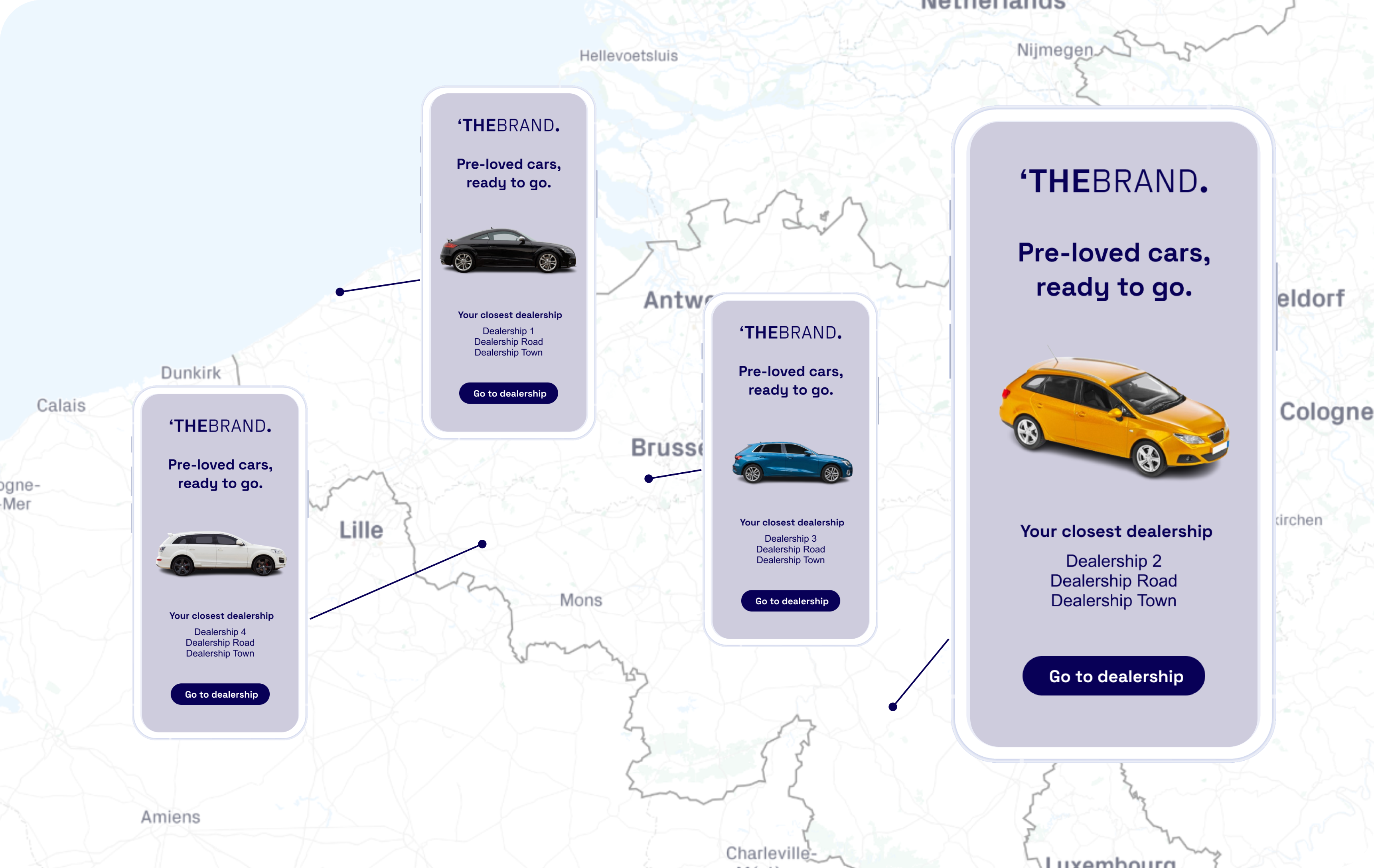




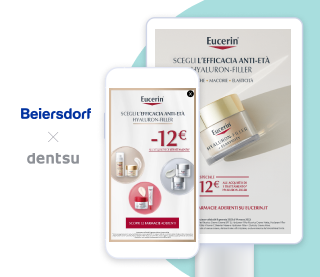





 With Back-to-Store, marketers will have access to exclusive and actionable insights to better understand how their stores’ affinity areas are evolving, and identify which high-potential neighborhoods they should invest in. You’ll be able to track the evolution of consumers’ mobility and see which regions they find more attractive to better localize media spend.
With Back-to-Store, marketers will have access to exclusive and actionable insights to better understand how their stores’ affinity areas are evolving, and identify which high-potential neighborhoods they should invest in. You’ll be able to track the evolution of consumers’ mobility and see which regions they find more attractive to better localize media spend.



 Stress et rentrée des classes: Pour vous, la préparation de la rentrée des classes est-elle un moment de stress ?
Stress et rentrée des classes: Pour vous, la préparation de la rentrée des classes est-elle un moment de stress ?
 [vc_row][vc_column][cm_button text=”Download Here” link=”url:http%3A%2F%2Fdownload.s4m.io%2F07d3eb468915591b2ab6%2FLocala_Pager-US_CCPAxLBMA.pdf||target:%20_blank|” alignment=”text-center” shape=”btn-round”][/vc_column]
[vc_row][vc_column][cm_button text=”Download Here” link=”url:http%3A%2F%2Fdownload.s4m.io%2F07d3eb468915591b2ab6%2FLocala_Pager-US_CCPAxLBMA.pdf||target:%20_blank|” alignment=”text-center” shape=”btn-round”][/vc_column]